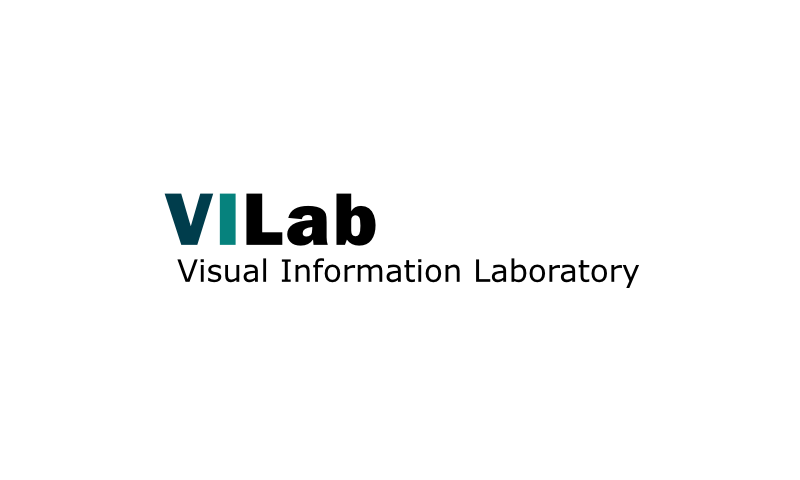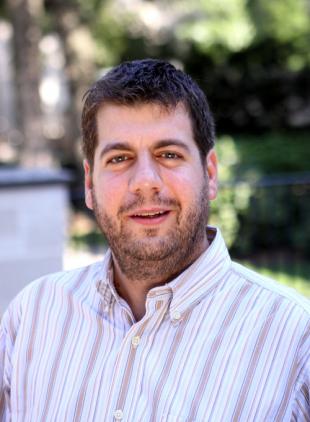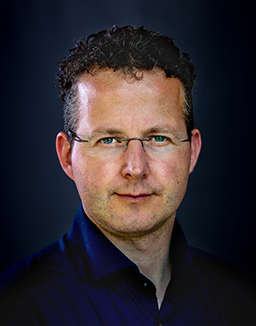BVI Seminar: Diverted by dazzle: testing the ‘motion dazzle’ hypothesis.
Seminar Room, Life Sciences Building Tyndall Avenue, BristolAnna Hughes, University College London Abstract: `Motion dazzle' is the hypothesis that certain types of patterns, such as high contrast stripes and zigzags, can cause misperceptions in the speed and direction perception of moving targets. Motion dazzle is relevant to both ecological questions, including why striped patterning may have evolved in animals such as zebras, […]
BVI Seminar: Eye Movements in Low and Normally Sighted Vision
Seminar Room, Life Sciences Building Tyndall Avenue, BristolBrian Sullivan, University of Bristol, School of Experimental Psychology I will present two studies examining human eye movements and discuss my role at the University of Bristol. The first study concerns patients […]
BVI Seminar: Attentional selection of colour is determined by both cone-based and hue-based representations
Seminar Room, Life Sciences Building Tyndall Avenue, BristolJasna Martinovic, University of Aberdeen What is the nature of representations that sustain attention to colour? In other words, is attention to colour predominantly determined by the low-level, cone-opponent chromatic […]
BVI Seminar, Filipe Cristino, Bangor University
Seminar Room, Life Sciences Building Tyndall Avenue, BristolSeminar title, abstract and biography to be announced
BVISS: Augmenting vision, the easy and the hard way
Seminar Room, Life Sciences Building Tyndall Avenue, BristolDr Stephen Hicks - Oxford University - Research Fellow in Neuroscience and Visual Prosthetics, Nuffield Department of Clinical Neurosciences Mobile computing, augmented reality, deep learning. Consumer-grade devices are coming of […]
VILSS: How to tag billions of photos: The evolution of image auto-tagging from a technology to a global service
MVB 0.3 BS81UB, Bristol, United KingdomDr Stavri Nikolov, Imagga Technologies, Co-fouder and Research Director Imagga (https://imagga.com/) is one of the pioneers in the world in large-scale image tagging. Our cloud and on-premise software solutions have […]
BVISS: Pattern Recognition without Features or Training
Seminar Room, Life Sciences Building Tyndall Avenue, BristolProfessor Fred Stentiford - UCL Pattern recognition is usually implemented through the use of a selected set of plausible features that characterise the data being studied. In addition it is […]
BVISS: Learning to synthesize signals and images
Seminar Room, Life Sciences Building Tyndall Avenue, BristolDr Sotirios Tsaftaris - School of Engineering, Edinburgh University Abstract: An increasing population and climate change put pressure on several societally important domains. Health costs are increasing and at the same […]
BVISS: Action localization without spatiotemporal supervision
Seminar Room, Life Sciences Building Tyndall Avenue, BristolDr Cees Snoek - Faculty of Science, University of Amsterdam Abstract Understanding what activity is happening where and when in video content is crucial for video computing, communication and intelligence. In the literature, the […]
FUTURES SHOWCASE: UP LATE AT SS GREAT BRITAIN
SS Great Britain Great Western Dockyard, Gas Ferry Road, Bristol, United KingdomJoin us for a family-friendly late opening on the grounds of Isambard Kingdom Brunel’s historic ship, the SS Great Britain. Explore a huge range of […]




